Microplastics have now been found in the Arctic and the Antarctic. Where do we go from here?
Microplastics can be defined as tiny plastic particles up to five millimetres in diameter. When larger plastic litter breaks down in the water it becomes smaller and smaller and eventually become so tiny that is can be mistaken for sediment. These tiny pieces are called microplastics. Microplastics can also be found in things like microbeads and synthetic fibers too!
Where Have We Found Microplastics?
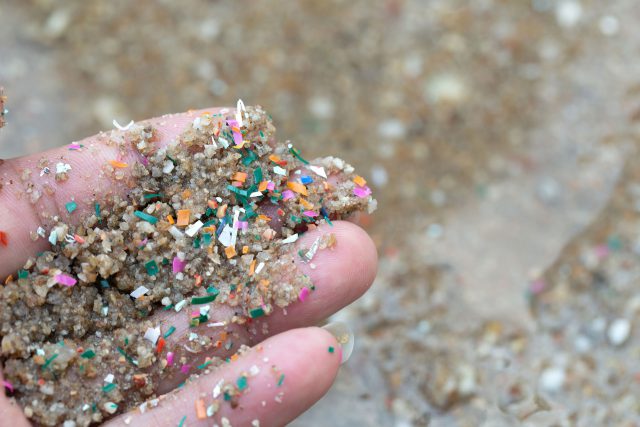
Oceans
Much of the litter we create finds its way to five ocean garbage patches in the Pacific, Atlantic and Indian oceans. When plastic pollution finds its way into our oceans, it can harm all kinds of wildlife from the largest mammals to the smallest creatures. Baleen whales, for example, which feed by opening their mouths wide on the surface of the water to catch copepods and other invertebrates in their midst, have been ingesting microplastics along with their prey. Even the tiniest creatures like zooplankton mistake microplastics for food and ingest them. Since plankton are the prey of choice of a variety of species like mussels and oysters, and predatory fish like salmon and herring, researchers have documented that these microplastics are passed up the food chain and do damage along the way.
Freshwater
Considering that the Great Lakes are surrounded by cities, it should come as no surprise that microplastics have been found in these important bodies of water. A paper published in 2019, found that in the Great Lakes as much as 4,270 microplastic particles per kilometre of dry sediment, and in the St. Lawrence River 2,444 microplastic particles. Plastics are having a negative impact on both marine and freshwater species, including fish. Young fish will eat the plastics – at least 92 species of fish have been reported to do so. When they absorb the microplastics and swallow the plastic particles, contaminants can leach from them and lead to liver damage.
Arctic
Researchers have also found microplastics have reached the Arctic Ocean. As ice forms at the ocean’s surface, it freezes not only the water itself, but also anything floating in it – including microplastic.
In a 2021 study published in Nature Communications, researchers collected 71 water samples from the Arctic Ocean and 26 samples from the Beaufort Sea. Of these, 92 per cent were fibres, of all kinds of colours – green, red, blue and yellow – most of which were polyester.
The global textile industry produces over 40 million tons of synthetic fabrics, like polyester, every single year. Every time you put your polyester pants, nylon stockings or rayon blouses into the washing machine, approximately 2,000 fibres end up in the wastewater. These miniscule fibres often evade even the most diligent waste treatment facilities and end up in our waterways where small organisms can consume them. One of the worst offenders? Fleece. One fleece sweater can emit up to 400 fibres per wash!
Antarctic
A 2022 study published in The Cryosphere has found that microplastics have found their way into freshly fallen snow in Antarctica. Even the most isolated regions of the world have been impacted by microplastics!
What Can We Do?
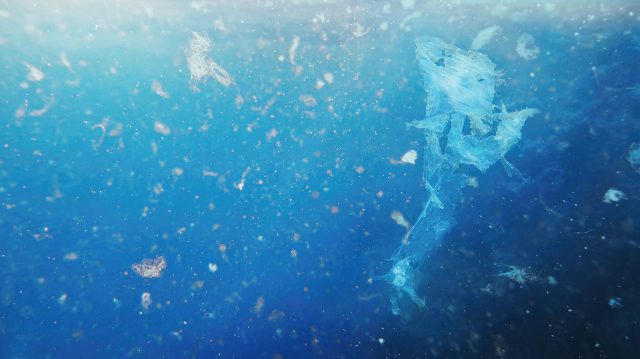
The Canadian Wildlife Federation and other organizations in Canada and around the world have pushed for action on plastics in the marine and freshwater environments and as a result Canada took a lead role on a variety of actions to reduce ocean plastics. This includes aiming to achieve zero plastic waste by 2030. The Canadian Government is working to implement a plan to turn the tide on plastic waste, starting with supporting innovation to better manage plastic, encourage the responsible use of single-use plastic, creating standards for recycled content in plastic products and more. Furthermore, Canada is leading on the Ocean Plastics Charter alongside France, Germany, Italy, the UK and the European Union to ensure that plastics are designed to be recycled and reused.
But it’s going to take all of us to make a real change. Are you ready to help? Take the Plastic Footprint Challenge! You’ll go room by room in your home and learn where you can reduce your plastic use in your life!

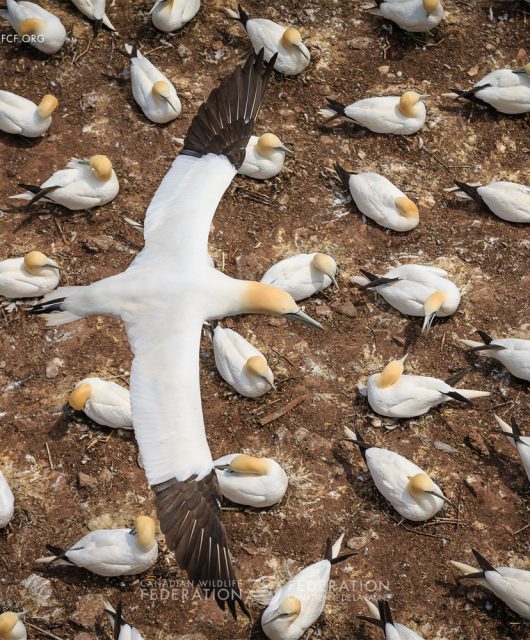

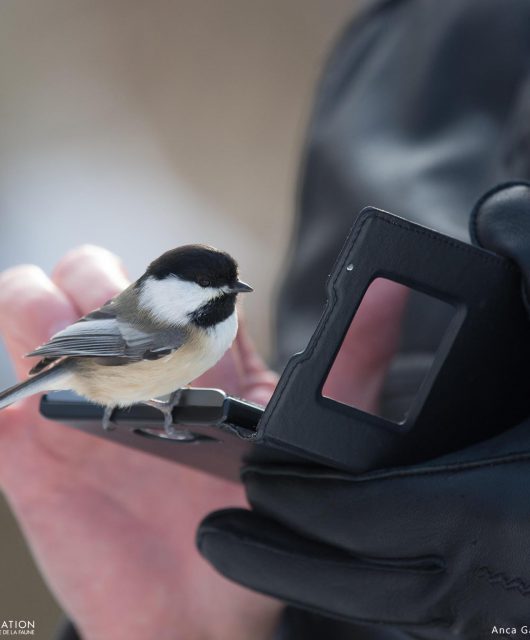
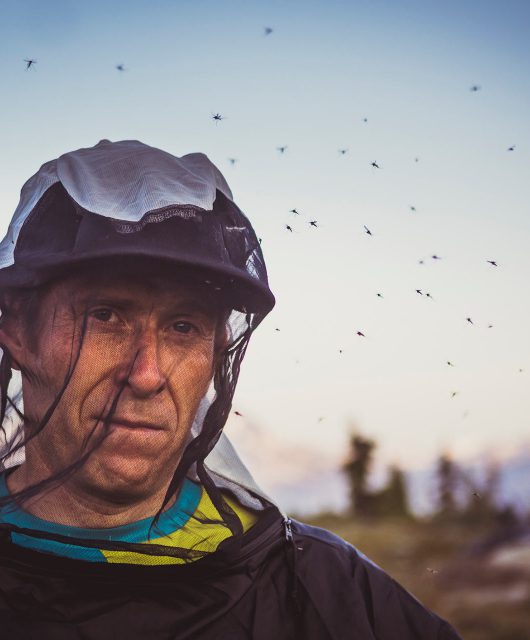
2 comments
Targeting the Canadian Government, various provincial/territorial governments and the corporations responsible for either manufacturing plastic products or containing their products in plastic is all fine and dandy but the way I see it, there are at least 3 other issues here.
1. People litter constantly. I have two dogs that I walk at least 2x/day. EVERY day I not only pick up their poop, I’m also picking up other peoples’ litter – most of it plastic. People need to be better educated starting at a very early age in schools. Older people should be fined heavily for littering/dumping waste. In this day and age where there seems to be surveillance cameras at every traffic intersection, there has to be a way this could be done. I’m not a fan of “big brother” watching everyone, but sadly too many people think it’s not their responsibility to be good citizens and help the Earth.
2. Recycling programs. What’s the point when Canadian recycling is being shipped overseas for processing???!!! It should be processed HERE – all of it. Governments and corporations need to get on board to either upgrade or build the necessary facilities to do so, and hire people at decent wages to process it. Also, recycling bins should be redesigned to have lids on them. I can’t tell you how much recycling I see blowing down streets on windy days because there are no lids.
3. If “recycling” isn’t going to be recycled, why aren’t there garbage-burning power plants from coast-to-coast in Canada? The technology exists and its almost 100% environmentally “clean” from what I’ve read about it and heard from engineers I’ve worked with. A previous Liberal government here in Ontario (Dalton McGuinty) campaigned on converting at least one coal-fired plant at Nanticoke into a garbage-burning plant. This never happened. If we’re not going to recycle then it should be burned along with garbage.
If the emissions from these plants almost zero. Why isn’t our garbage being burned it’s free energy. Burning fossil fuels has been killing us,the animals, the environment since the start of the Iron age. Wake up world times running out. !!